 Autumn has blown in with a vengeance. After a balmy October, the wind and the rains of November led to a rush to the wood suppliers, searching in bottom drawers for the warmer duvet, and random jabbing at the air-conditioning controls to work out how to change it to heating.
Autumn has blown in with a vengeance. After a balmy October, the wind and the rains of November led to a rush to the wood suppliers, searching in bottom drawers for the warmer duvet, and random jabbing at the air-conditioning controls to work out how to change it to heating.
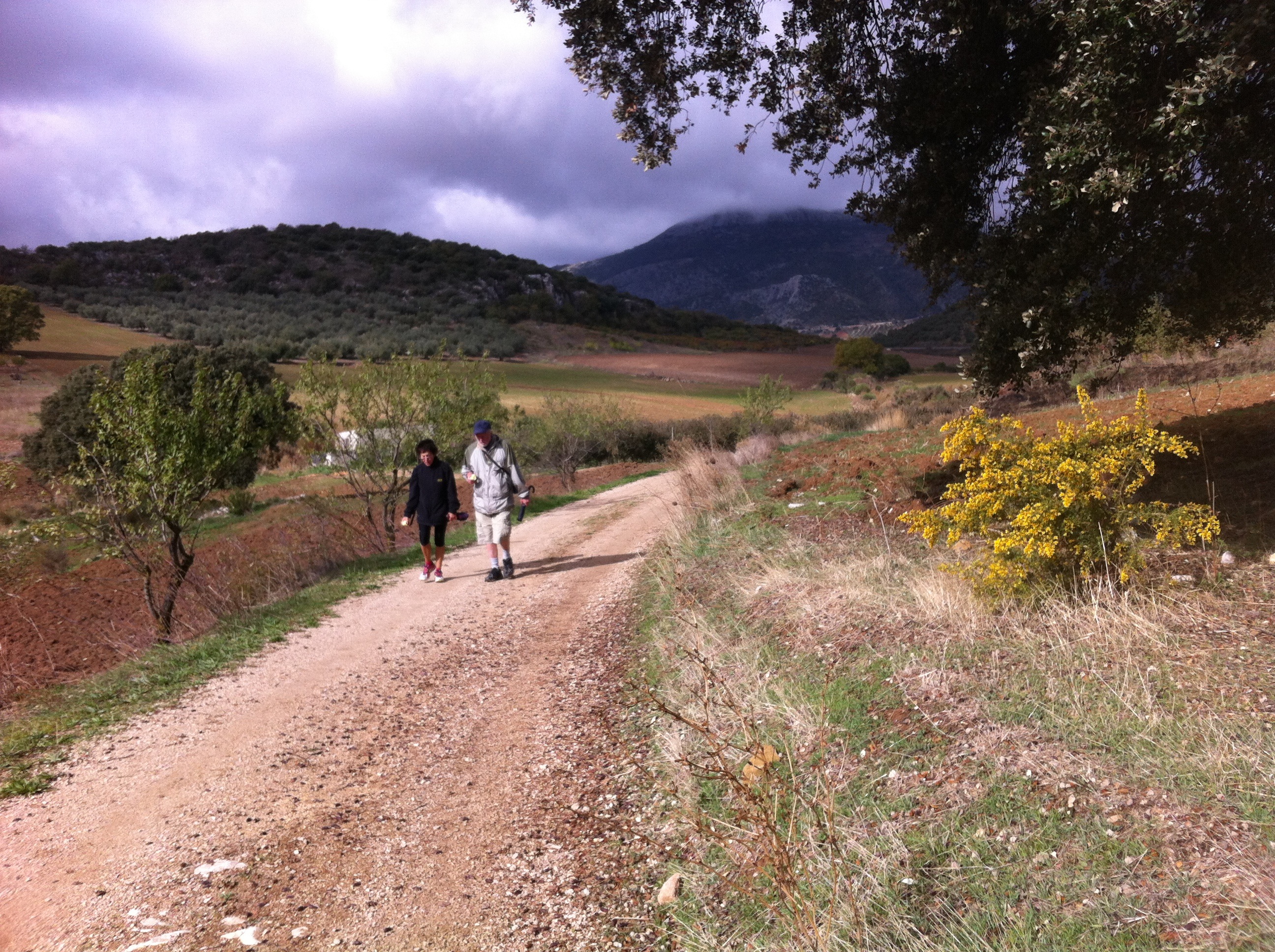 A misty autumn walk with the Sunday group around the glacial basin of Alfarnate. Rich and fertile with its own micro-climate, it is the only place in mainland Spain where cherries and chick peas grow. This was apple season, and the rows of short trees were heavy with fruit (and within reach - ideal for those of us with a cheese sandwich in our rucksacks!). Bright tomatoes too, and artichokes and cabbages. This is good land, farmed professionally, and protected on all sides by the mountains which also give it water.
A misty autumn walk with the Sunday group around the glacial basin of Alfarnate. Rich and fertile with its own micro-climate, it is the only place in mainland Spain where cherries and chick peas grow. This was apple season, and the rows of short trees were heavy with fruit (and within reach - ideal for those of us with a cheese sandwich in our rucksacks!). Bright tomatoes too, and artichokes and cabbages. This is good land, farmed professionally, and protected on all sides by the mountains which also give it water.
This Axarquían landscape, with its changing colours and textures, has given up its summer harvests. Now the olive harvest begins, that valuable winter crop, though nearer to home around Colmenar it will be a week or two yet.
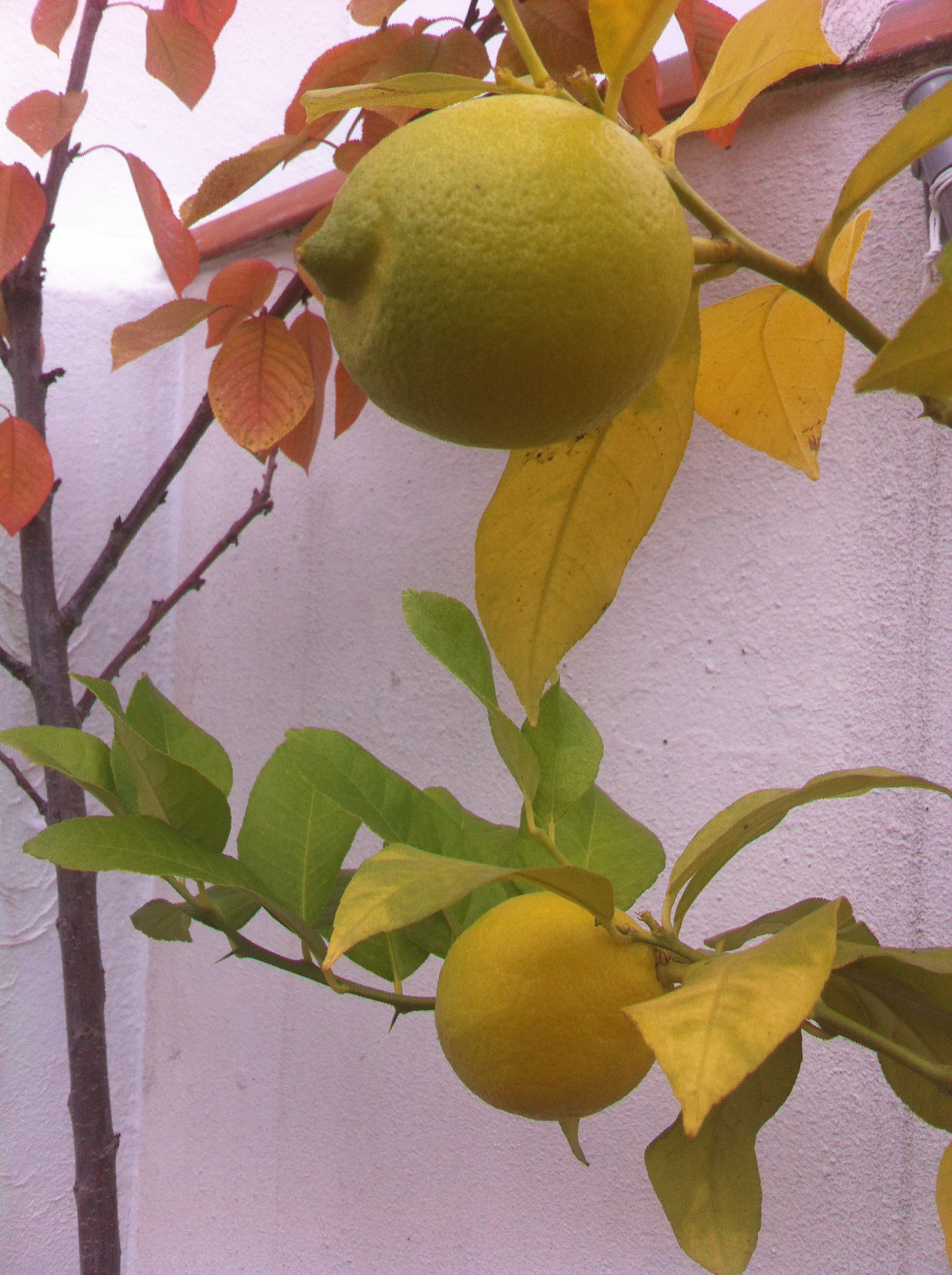 On my terrace, the lemons are finally showing a hint of yellow in the skin. The peppers are finishing, the tomatoes are giving their last few small fruit. The nispero tree is in
On my terrace, the lemons are finally showing a hint of yellow in the skin. The peppers are finishing, the tomatoes are giving their last few small fruit. The nispero tree is in 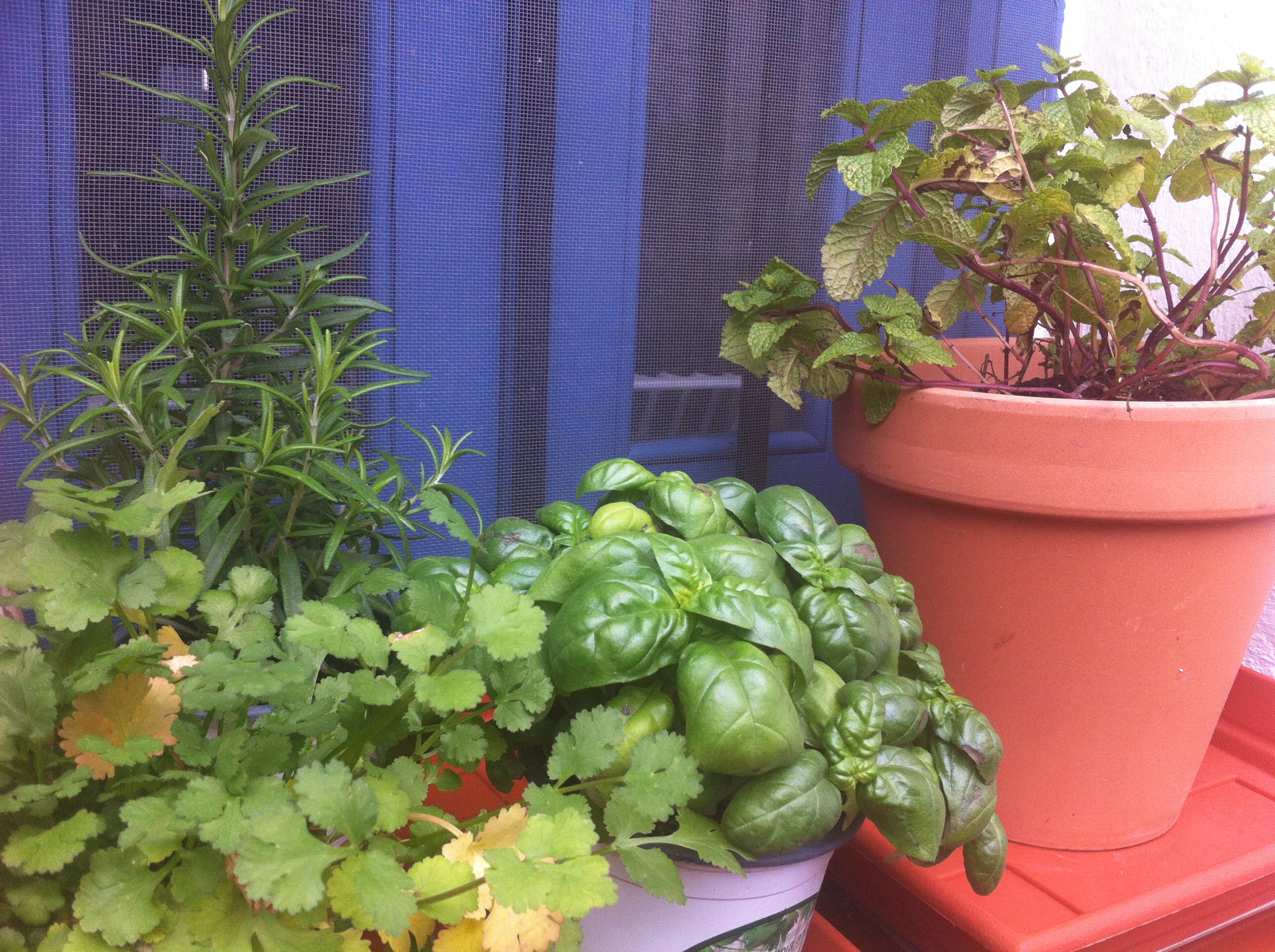 flower so I hope for fruit in the spring. On the kitchen windowsill is coriander, basil, rosemary and mint. The mint makes delicious tea in the tetera I bought in Morocco last month. Basil on tomato salad. Coriander on almost everything, it’s my favourite!
flower so I hope for fruit in the spring. On the kitchen windowsill is coriander, basil, rosemary and mint. The mint makes delicious tea in the tetera I bought in Morocco last month. Basil on tomato salad. Coriander on almost everything, it’s my favourite!
And across the street it is el día de la matanza - the day of the killing. The piglet, fattened lovingly all year out at the campo house, is dispatched quickly and portioned in the workshop opposite my study. Huge rubber buckets of one mix for chorizo, and another for morcillo. Bags of paprika are brought out of storage for the chorizo. The sausages will hang in the garage until Christmas and beyond. Three generations of the family work together efficiently, each knowing their role in this important annual event. Every part of the pig is used. Incongruously, the four trotters are neatly laid on the bonnet of the car that the eldest son is fixing. The year of the pig’s life is matched by the year that it feeds the family, padded out with all the fruit and vegetables from their plots. It’s part of the cycle of life in rural Andalucía.
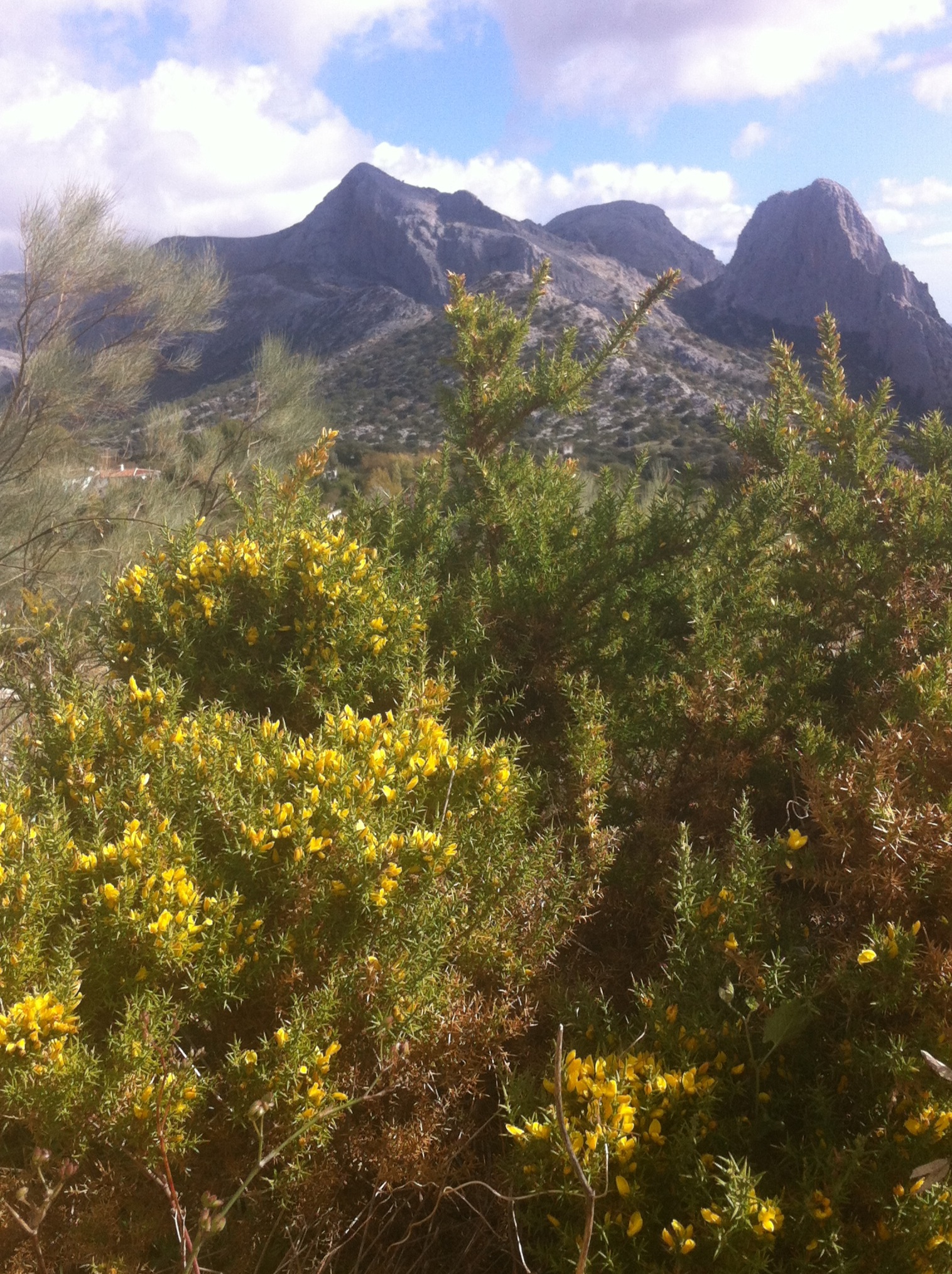 Each season provides. Chick peas from Alfarnate are made into hummus. The best thing about making your own is being able to put in more garlic than is generally considered to be sociable! A splash of the neighbour’s rough olive oil. Coriander snipped from the window-sill. Fresh, seasonal, local produce.
Each season provides. Chick peas from Alfarnate are made into hummus. The best thing about making your own is being able to put in more garlic than is generally considered to be sociable! A splash of the neighbour’s rough olive oil. Coriander snipped from the window-sill. Fresh, seasonal, local produce.
The fields have changed colour. Although up in Alfarnate they are full of vegetables, down here they are brown and ploughed, awaiting the next stage in the farming cycle. New season, new life.
© Tamara Essex 2014 http://www.twocampos.com
THIS WEEK'S LANGUAGE POINT:
The exam is next week. I’m practising with old exam papers, and doing alright in the written and comprehension tests, but struggling a bit with the listening and the oral. So I’m having a couple of lessons at Escuela Cervantes in Málaga which is good practice. All the teachers there have experiences as DELE examiners so it’s ideal.
The problem is having to talk about an unknown topic, while remembering to insert a good few conditionals and subjunctives, plus using past and future tenses. Sigh.
Try it! Talk aloud for four minutes on a topic. I’ve had to ramble …. I mean TALK …. about:
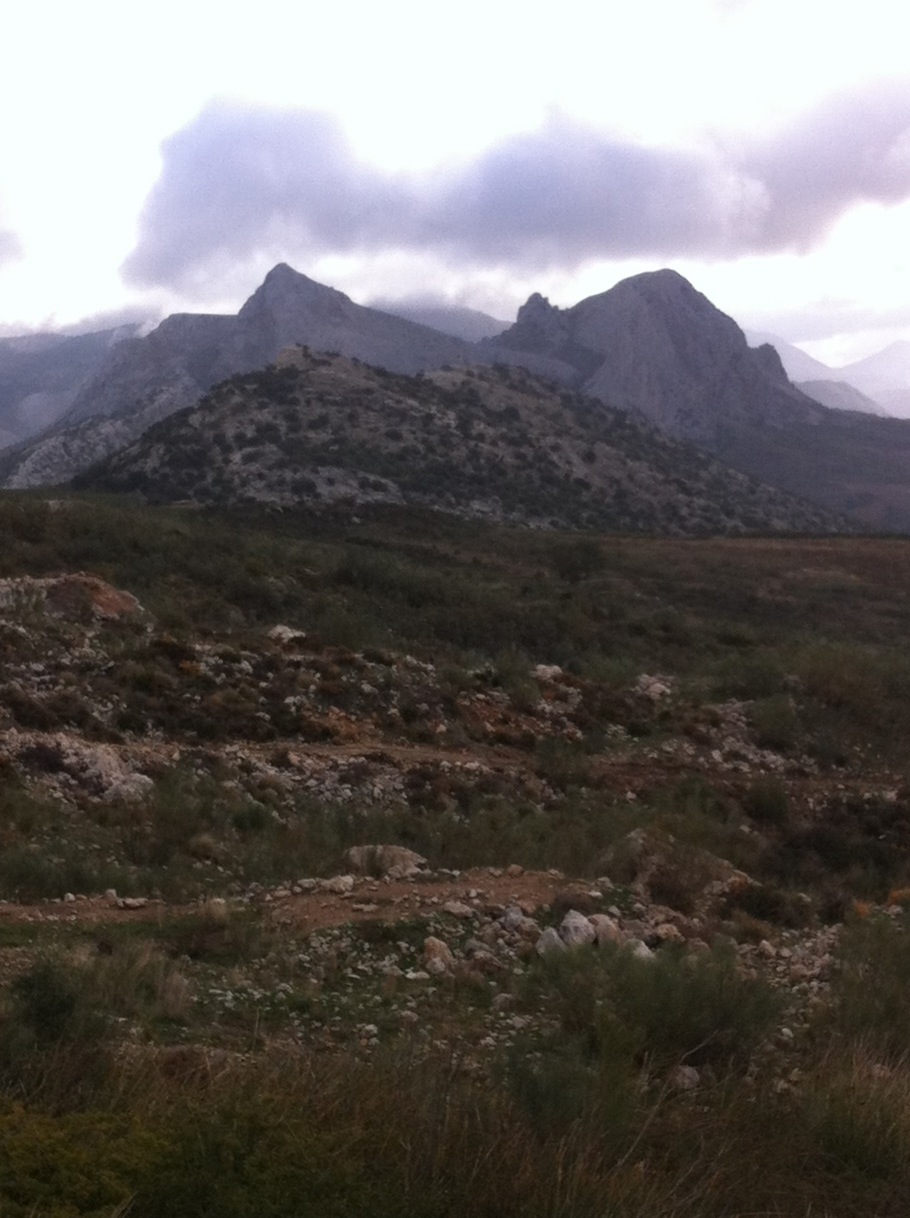 A famous person you’d like to meet and why;
A famous person you’d like to meet and why;- What country you might like to live in and why;
- The house of your dreams;
- Your work, what you enjoy about it and what you don’t;
- Your style of dressing (!!!);
- Whether you live a healthy lifestyle or not;
- Environmental issues in your home country and what you should do;
- Mass media;
- How you use your free time.
Jose has helped me to practice some core phrases that I try to work into every theme, which is a great trick – but he is very strict and says I need more practise before the exam. Oh dear.